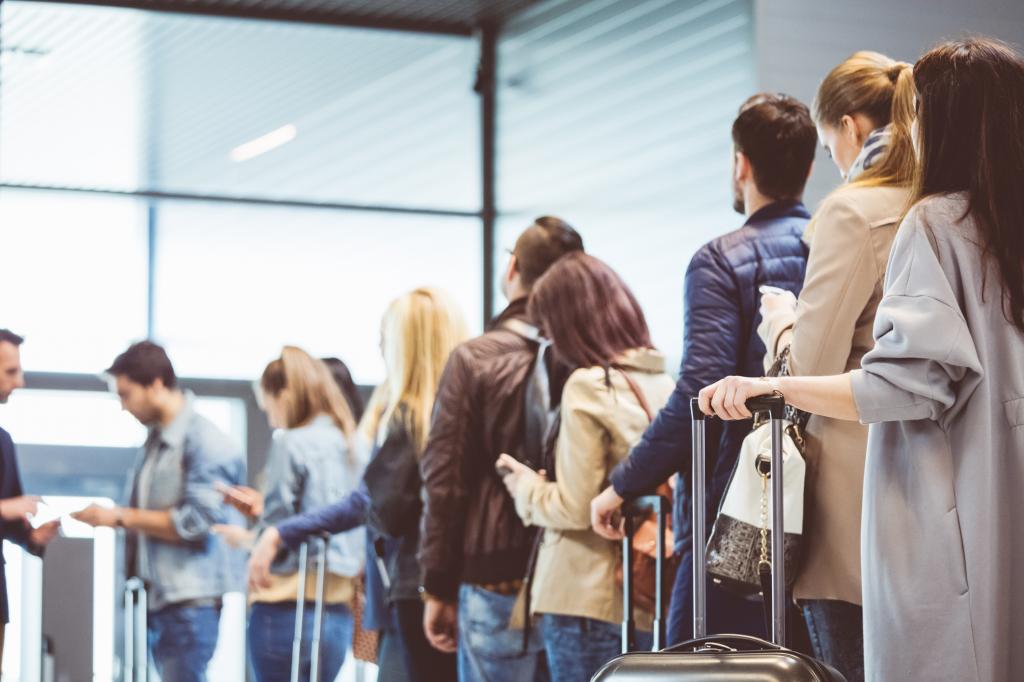Despite the confusion surrounding the boarding process, there is a method to the madness. Most airlines utilize a system called block boarding, where passengers are allowed onto the plane in order of their designated zone. This typically results in first class, economy plus, and frequent flyer passengers boarding first, leading to a front-to-back boarding process. The purpose of this system is to incentivize passengers to upgrade to premium cabins, achieve frequent flyer status, or get an airline credit card to gain access to better boarding zones and ensure space in the overhead bins for their carry-on luggage. However, this can lead to a lack of space for those who board last.
One exception to this traditional boarding process is Southwest Airlines, which operates under a “first come, first served” policy similar to subway systems. However, there is an alternative seating system that has been proven to allow passengers to board faster than the traditional block boarding process. The Steffen Method, devised by astrophysicist Dr. Jason Steffen in 2008, seats passengers in alternating rows with window seaters boarding first, followed by middle seaters and then aisle seaters. This arrangement helps minimize congestion in the cabin caused by passengers stopping in the aisle to stow their luggage.
Dr. Steffen developed this seating system based on a mathematical model called Markov chain Monte Carlo, which helps determine the most efficient boarding route. To establish the most optimal order, passengers are initially seated using this computer model, with two passengers occasionally switched to assess if the new configuration boards faster. If the new order proves faster, it is kept; otherwise, a coin toss determines whether to retain the new order. Over time, passengers tend to organize themselves in the fastest order, reducing bottlenecks during boarding.
One of the main concerns with the Steffen Method is the potential of splitting up families, as efficiency is prioritized over humanity in this system. This aspect has been criticized by some flight experts who argue that separating families is not practical. Additionally, the back-to-front boarding process, which is often touted as an intuitive method, can also create congestion issues similar to front-to-back boarding. Doug Parker, the former CEO of American Airlines, highlighted the inefficiencies of back-to-front boarding, noting that it can result in as much if not more customer interaction and aisle congestion compared to other boarding processes.
It is evident that the boarding process is a multifaceted issue that involves a balance between efficiency and customer experience. While block boarding and back-to-front boarding methods are commonly used by airlines, alternative systems such as the Steffen Method offer potential ways to increase boarding efficiency. However, the challenge lies in finding a system that minimizes congestion and prioritizes passenger satisfaction without causing disruptions or inconveniences for travelers. Flight experts continue to explore various boarding processes to identify the most effective and passenger-friendly approach for boarding aircraft in the future.


